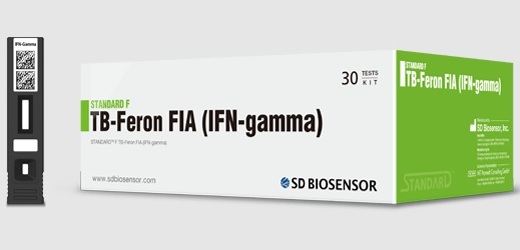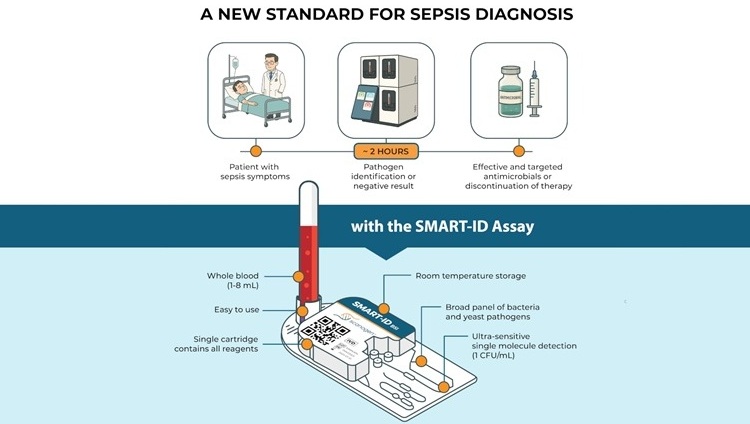New Rapid Test Reports Antibiotic Resistance in Two Hours
By LabMedica International staff writers
Posted on 28 Mar 2018
Resistant bacteria are spreading worldwide, which makes fast antibiotic susceptibility testing and determination of the minimal inhibitory concentration (MIC) urgently necessary to select appropriate antibiotic therapy in time.Posted on 28 Mar 2018
The often unnecessary and mass use of antibiotics causes the resistance of pathogens against drugs and infections that were easily curable up to now may become life threatening. A new rapid test will give information on which available antibiotics are still effective and faster diagnostics allows for personalized therapy and saves lives.

Image: The Lab-on-a-Chip system used with Raman spectroscopy to identify antibiotic resistance (Photo courtesy of Leibniz-Institute of Photonic Technology).
Scientists at the Jena University Hospital (Jena, Germany) and their colleagues have developed a simple and fast Raman spectroscopy-based procedure to identify antimicrobial susceptibilities and determine the MIC within only two hours total analysis, marking a huge time savings compared to established phenotypic methods nowadays used in diagnostics.
The sample preparation was fast and easy as well as comparable to currently established tests. The use of a dielectrophoresis chip allows automated collection of the bacteria in a micron-sized region for high-quality Raman measurement directly from bacterial suspensions. The new Raman spectroscopic MIC test was validated with 13 clinical Escherichia coli isolates that show a broad range of ciprofloxacin resistance levels and were collected from patients with blood-stream infection.
Micro-Raman spectroscopy was able to detect ciprofloxacin-induced changes in E. coli after only 90 minutes interaction time. Principal component analysis as well as a simple computed ratio of the Raman marker bands at 1458 and 1485 cm–1 showed a clear concentration-dependent effect. The MIC values determined with the new Raman method are in good agreement with MICs obtained by reference methods such as broth microdilution, Vitek-2 and E-test and can be used to provide a classification as sensitive, intermediate, or resistant.
Ute Neugebauer, PhD, a professor of Physical Chemistry and senior author of the study said, “We combine light-based analytical methods with microfluidic sample processing. With our Lab-on-a-Chip system, thus a miniaturized lab, we are able to clearly identify bacterial strains and their resistances, in less than three hours.” The study was published in the February 2018 issue of the journal Analytical Chemistry.
Related Links:
Jena University Hospital














